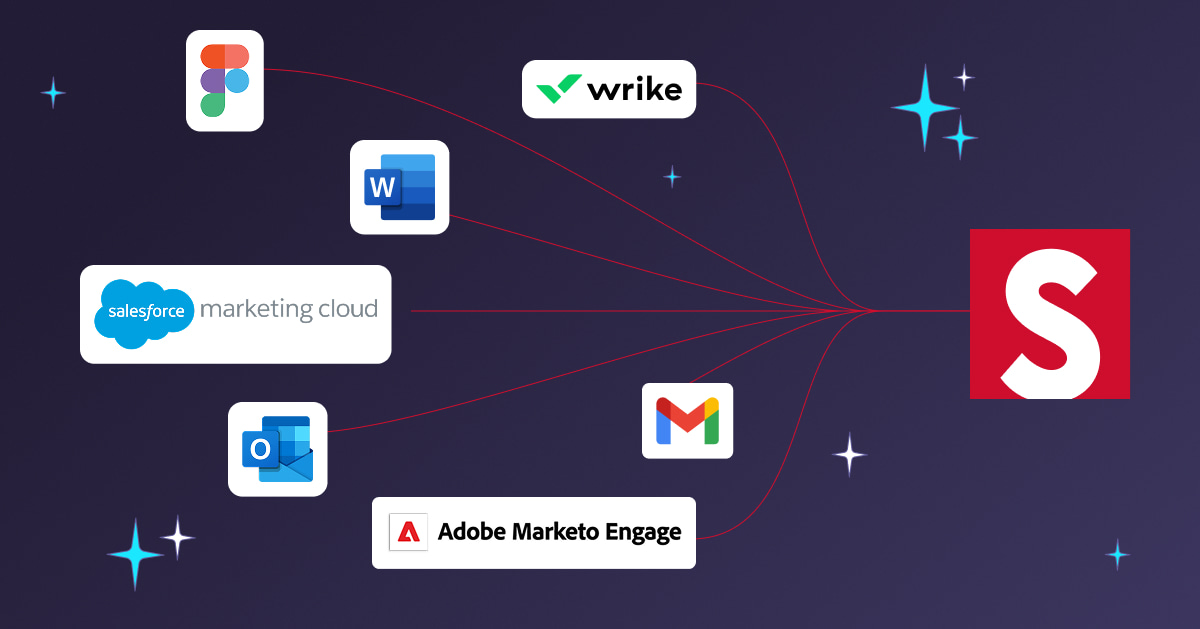Crafting the perfect email for a bulk list of subscribers can be a tedious task. As a marketer, you always want to do everything in your power so your emails won’t bounce.
Email bounce backs are still bound to happen from time to time. The real issue occurs when it becomes a common occurrence. When bounce-back rates are high, email marketing metrics are negatively impacted, which can be frustrating and draining.
Getting to the bottom of bounce back
Before we address troubleshooting, impact, and ways to prevent bounce backs, let’s review the basics of email bouncing.
What is a bounce-back email?
An email bounce back is an automated message sent from the service provider to inform the sender the message cannot be successfully delivered to the intended recipient. How to spot one? If you’ve ever received a reply within seconds of hitting “send,” there’s a good chance the email you sent has bounced back and triggered an automated response.
Why do emails bounce back?
There are a variety of permanent and temporary reasons for emails bouncing:
- Full inbox—When a recipient has a full inbox, the server may not allow an email to come through.
- Large message—When the content within the message, including the file attachment, exceeds a given limit, the content may be too heavy to be pushed through.
- Email blocked—If you’re the sender and have been blocked by a recipient, you’ll receive a bounce-back email indicating rejection.
- Undeliverable email—When a server or email address is no longer in service or is under maintenance, you’ll likely get a bounce back.
- Attachment detected—When you send out a large attachment or an unusual origin or file name, the receiving server may consider it a virus or spam.
In marketing, bounces can place a damper on the time and effort a business puts into generating performance. Emails that bounce back can affect metrics like engagement of recipients on the email list.
Receiving the word “error” doesn’t mean you’re automatically defeated, however. Here’s how to bounce back from an email bounce back.
Understanding bounce definitions
Although you may have gotten an email back with the word “error,” it’s not a total loss. There are two definitions that every email marketer should be aware of:
- Soft bounce—A soft bounce is when a temporary issue has occurred like a full inbox, the server being down, or an email change. Typically, you can try again after a while and send the email successfully.
- Hard bounce—A hard bounce is when an email automatically returns to the sender. This rejection typically occurs when an email is no longer active, contains misspellings, or when someone has blocked an email.
How to reduce the email bounce rate
The email bounce rate is the percentage of emails that were categorized as undeliverable.
According to Campaign Monitor, a 2% or less bounce rate is an acceptable benchmark for an email campaign. Although 2% is acceptable, this rate should be as low as possible. A low bounce rate means the message to the intended audience has at least been received, increasing the chance of interaction.
Calculate your email bounce rate
Calculating the email bounce rate can provide the general direction of what you need to work on to recover quickly. To calculate email bounce back rates, use the following formula:
(Number of Bounced Emails / Number of Delivered Emails ) X 100
Now that you’ve had the chance to calculate your bounce rate, you might be wondering what you can do to prevent seeing the word “error” (and keep your percentage low).
Clean your email list
Although it’s tempting to have a long email list, maintaining a clean email list removes abandoned or inactive email addresses. Doing so helps prevent hard bounces and poor email open rates. You can clean your email list by viewing who is active or inactive in opening emails.
Send emails regularly
Sending regular emails doesn’t mean spamming recipients. It simply means timing emails in a campaign frame that will be sent through a service as if a human sent it. If you send out emails yourself, it’s best to make note of consistent email times. Alternatively, if you use a platform like Eloqua, you can set up automated emails to your email list.
Segment emails
Marketing platforms usually allow you to view the most engaging email recipients on your list. Reaching out to these emails first can yield good results and give your email a good reputation score if you’re using an email platform. Don’t forget to use strong headlines to increase email open rates.
Double-check for typos
A primary reason for email bounce back is due to errors in typing out email domains. Always double-check for typo errors, especially when it comes to the .com.
Don’t exceed the authorized sending amount
Some email providers allow senders a specific sending limit each day, and if you’re scheduling too many, you may likely be causing a bounce back to your account.
Some of these tips can help you when calculating email metrics like click-through, unsubscribe, or email open rates. These can all impact successful email deliverability that leads to successful marketing.
Other ways to limit bounce back
As of 2021, there are 4 billion daily email users, making email marketing more valuable than ever. You can use this free and convenient way to reach customers via email marketing to its full extent when campaigned correctly.
Use Stensul ‒ the platform for collaborative email creation
Emails that are designed carefully and mapped out with a specific call to action or a theme can make all the difference between engagement to action. If you’re looking for a way to optimize your design, view metrics, and understand your email campaigns better, check out Stensul.
Stensul is the platform for collaborative email creation. It lets you skip the coding to seamlessly integrate into your workflow, messaging, and more. With Stensul, you’ll save time and money.
To learn more, schedule a Stensul demo to see how it can transform your email creation process.
Review your email metrics
There are critical components to crafting an email like a call to action or high-quality photos that are optimal for opening, but it doesn’t matter how it’s composed if it’s not received.
Although it is not entirely possible to avoid bounce back, viewing email metrics like click-through rates and conversion rates to strategize an email campaign can make a difference in reducing the definition of bounce back because these rates show who is active in your email list.




